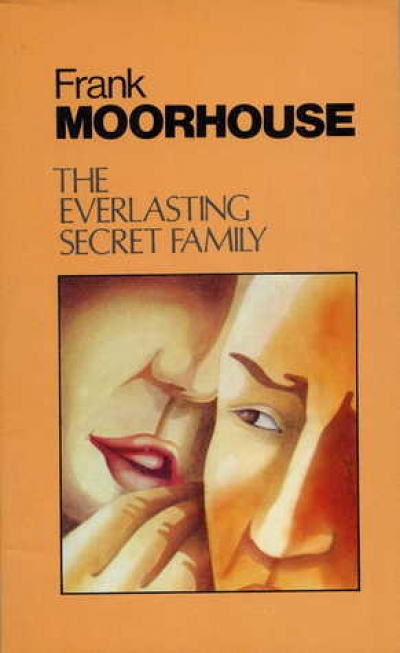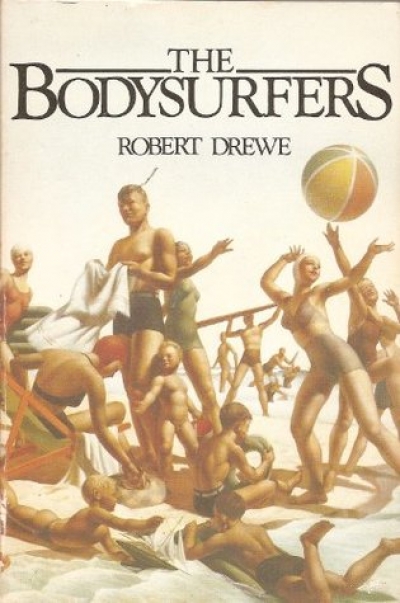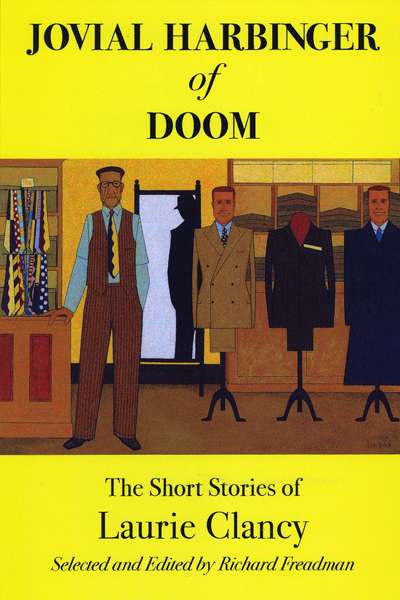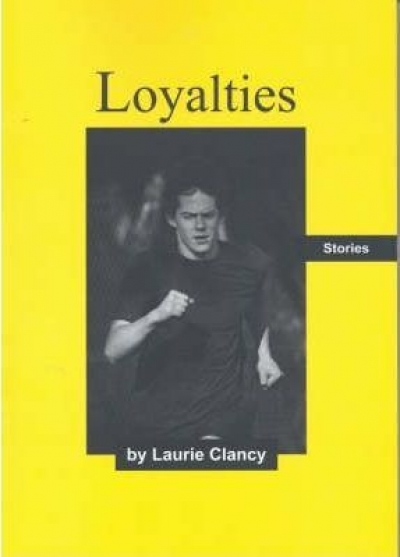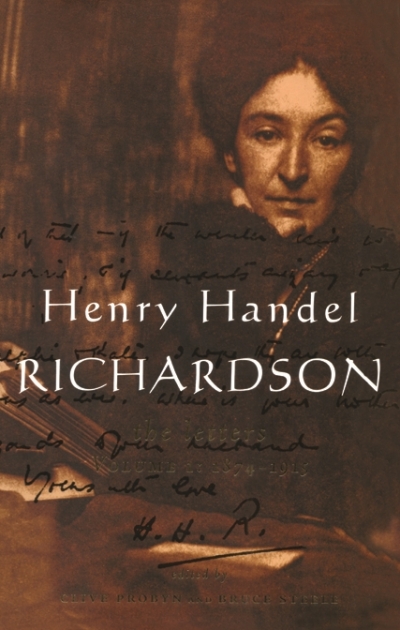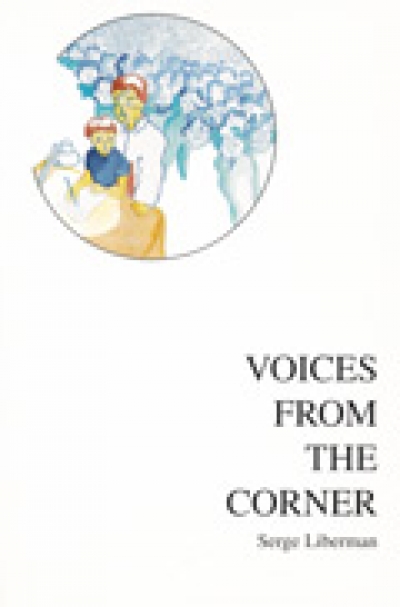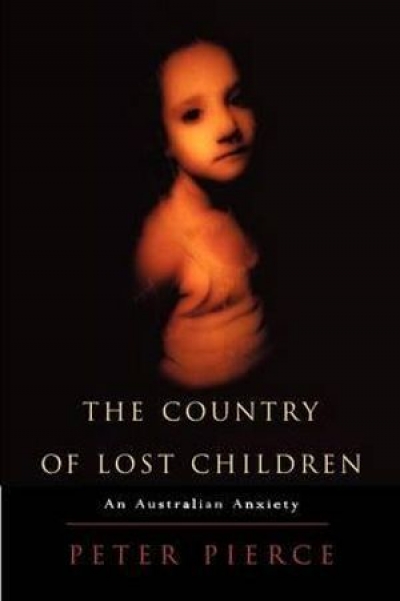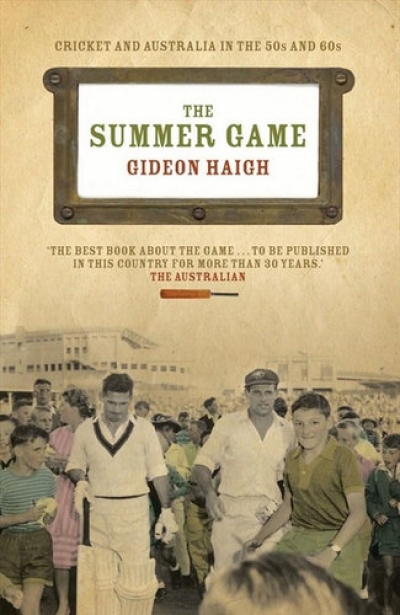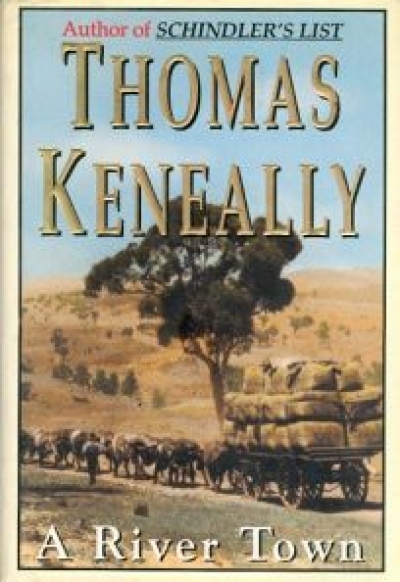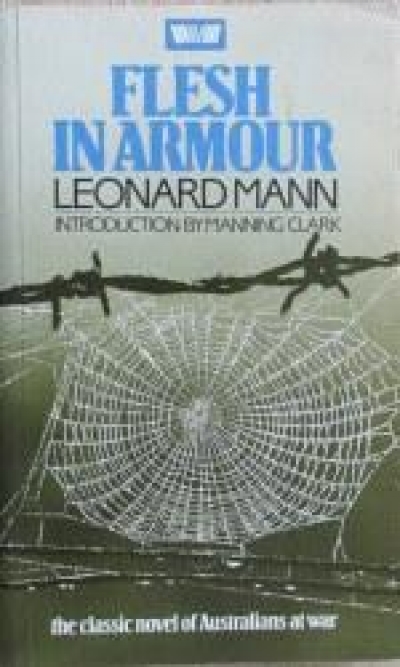Laurie Clancy
Jovial Harbinger of Doom: The Short Stories of Laurie Clancy edited by Richard Freadman
by Brian Matthews •
Henry Handel Richardson: The letters edited by Clive Probyn and Bruce Steele
by Laurie Clancy •
The Country of Lost Children: An Australian anxiety by Peter Pierce
by Laurie Clancy •
The Summer Game: Australian Test Cricket 1949–1971 by Gideon Haigh
by Laurie Clancy •

